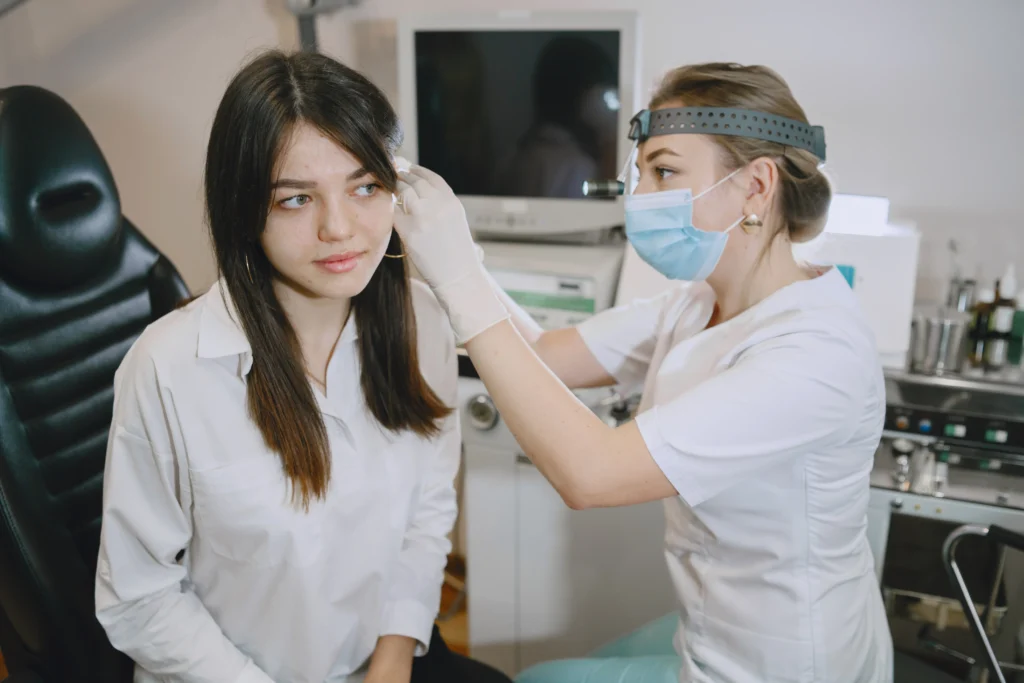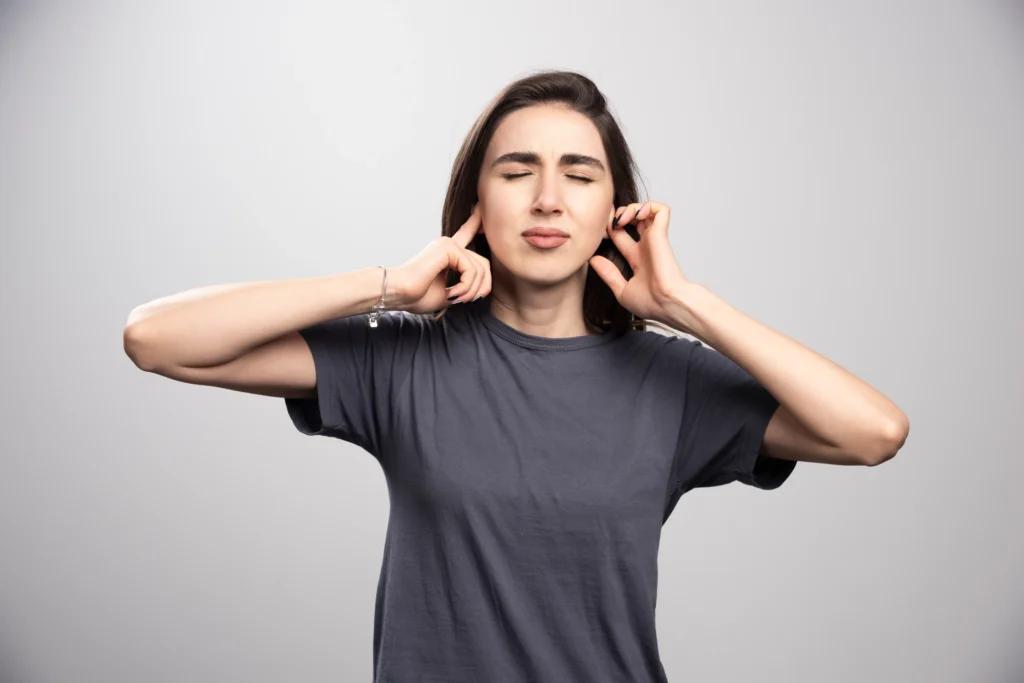Your hearing is a very important part of who you are and useful for everyday functioning. Thousands of years ago, people started investigating hearing, hearing loss and its causes. Audiology as a profession really began taking off in the 1920s when technology was advanced enough to design the first audiometers to measure hearing.
A hearing test provides a measurement of the sensitivity of a person’s hearing across the full range of speech. The test will measure the quietest sound that can be heard several points across the speech range. This hearing test is termed an audiogram and will be performed by an audiologist.
History of the audiogram
The history of hearing tests, or audiograms, begins in Greece. The first presumed hearing test was done by Hippocrates of Cos all the way back in 60-377 BC. By 1879 David Edward Hughs had created a better testing agent than a tuning fork – an audiometer. The doctor turned a knob that altered sound frequencies, and patients raised their hand when they had difficulty hearing.
The first audiometer in the U.S. was developed in 1919 by Cordia C. Bunch. However, the first audiometer was only used in a private practice by one doctor and not publicly available. After World War I two physicists, Harvey Fletcher and R.L. Wenger, developed the commercially available western electric model 1-A audiometer. Without the data contained on the audiogram, physicians could not properly document pathologic conditions of the ear, nor prepare for ontological surgeries.
Although there is little known about the birth and development of the audiogram, there was reference to it around 1922. Fowler and Weigel described a chart plotting hearing sensitivity, with frequencies listed along the abscissa and hearing sensitivity along the ordinate of a graph. Current use of the audiogram in the United States complies with the most recent standards set by the American Speech-Language Hearing Association (ASHA) in 1992 and the American National Standards Institute (ANSI) in 1996.
How does a hearing test work?
An audiometry evaluation is a painless and noninvasive hearing test. It measures a person’s ability to hear different sounds, pitches or frequencies. An audiologist performs a hearing test. The results of the hearing test are plotted on an audiogram. A hearing test can chart the hearing level of different tone frequencies in both ears and help determine hearing loss. Hearing loss can be divided into two categories, conductive or sensorineural.
Hearing tests are conducted in a quiet, soundproof room. You’ll be asked to wear earphones that you’ll place on your head. You’ll be asked to sit still and not talk during the test. The earphones are connected to a machine that will deliver the tones and different sounds of speech to your ears, one ear at a time. The audiologist will ask you to raise your hand when you hear a sound. The audiologist will review the hearing test results with you to discuss your condition and treatment options. Get the most out of your appointment by being open and honest about any difficulties you have hearing.
Hearing loss and audiograms
Hearing loss becomes more frequent with age. Hearing tests or audiograms are how audiologists ensure that your ears are working well. Audiograms are used to diagnose and monitor any amount of hearing loss. Audiograms are created by plotting the thresholds at which a patient can hear various frequencies. Experts recommend that adults get their hearing tested every 10 years until age 50, and then every three years after that. It’s not a pass-fail exam. The results will show how much hearing loss you have in each ear and how much is gone. Although you can’t make up for hearing loss, there are ways to protect it and make up for it so you can hear better and function. Consult with your audiologist if hearing aids may be a suitable option for you and which pair might be the best fit.
Think you may have hearing loss?
If you think you may have hearing loss, then it’s best to consult with an audiologist. They can run a hearing test to establish a baseline and to determine if any impairment is present. It’s better to know your condition and level of hearing than to make assumptions, so that you can start a treatment plan.
Learn more about Adirondack Audiology and how we can help you by contacting us at +1 (802) 922-9545. The professionals at our office are experts in hearing evaluation and provide screenings, industrial hearing tests, and live speech mapping.









